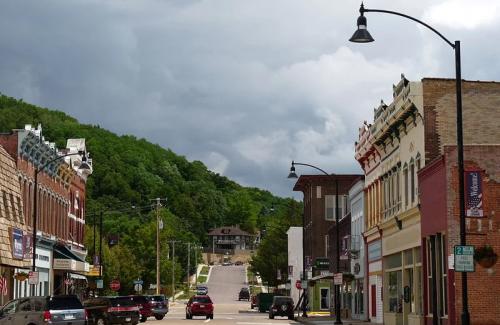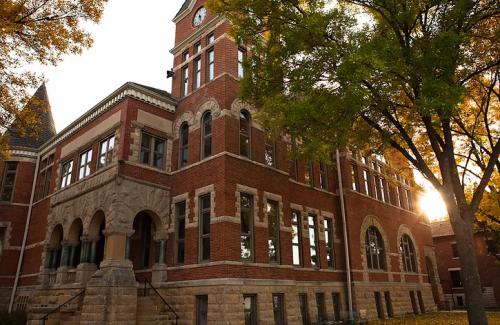Our History
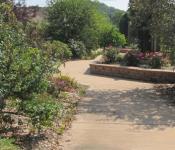
Ocooch Living History Center
The Ocooch Living History Center is a monument to the Native American people. Complete with colorful flowers and waterfalls, the Ocooch Living History Center recognizes Indian societies as complex and diverse products of history. The center covers a large history of Native Americans in Wisconsin starting with coming to the Americas and the rise of Indian civilizations. It goes further in depth by showing how Wisconsin Indians lost their homelands and finishes with foundations for the future.
Located next to Our House Senior Living, Ocooch Living History Center aims to give everyone a broader understanding and appreciation of Native Americans in Wisconsin.
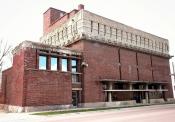
A.D. German Warehouse
300 South Church Street · 1917-1921 (NRHP 1974)
The A.D. German Warehouse was designed by Frank Lloyd Wright. Wright was born on June 8, 1867, to William Cary Wright and Anna Lloyd Jones Wright somewhere in Richland County. His exact birthplace remains a matter of dispute with seven locations being in contention. Between 1917 and 1921, some of the most tumultuous years of his life, Wright designed the German Warehouse in his hometown for Albert Delvino German, who was in the wholesale grocery business. Legend has it that Wright’s work on the warehouse was initiated as a possible payback for money he owed.
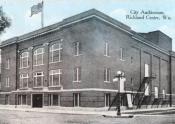
City Hall & Auditorium
182 North Central Avenue · 1911-1912 (NRHP 1980)
Richland Center City Hall and Auditorium (a.k.a. The Richland County Performing Arts Center) was designed in a “modernized” Classical style by LaCrosse architect Percy Bentley. This red brick municipal building features an entablature comprised of a projecting cornice and modillion ornament placed on applied brick pilasters topped with Ionic capitals. Much of the impetus for the creation of this building originated with the influence of the Federated Woman’s Clubs. Women’s organizations flourished in Richland Center during the late nineteenth and early twentieth centuries. These organizations were the shakers and movers behind many, if not most, of the civic projects in the city.
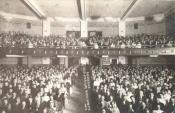
After a number of tie votes were broken by Mayor Pearl Lincoln, the decision to build the first auditorium combing a theatre and municipal offices operated by a Wisconsin municipality became a reality. This was truly a grand building for such a small city. There were twelve dressing rooms and seats for nearly 1,000 people. It was described as the finest show house between Chicago and Minneapolis. Many first-rate acts came to Richland Center because there were suitable dressing rooms and a sizeable stage for their shows to go on.
The building was added to the National Register of Historic Places in 1980. The building was acquired in 2009 by the Richland County Performing Arts Council (RCPAC) for one dollar from the city of Richland Center. The organization plans to create a self-sufficient cultural and business center in the city of Richland Center that will strengthen the economic and artistic growth of the community.
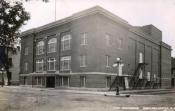
The RCPAC is has begun phase one of the building renovation which focuses on the restoration and reconfiguration of the front portion of the City Auditorium. It includes a replica of the original canopy, interior lighting, and the front entryway, along with the development of a mezzanine lobby space that is historically appropriate and true to the buildings decorative art. Phase one will be followed by additional work that will eventually renovate the entire building. To learn more information about upcoming events visit www.rcperformances.com .
The Richland County Performing Arts Council (RCPAC) is a non-profit organization dedicated to operating and restoring the first municipal auditorium built in the state of Wisconsin. Even though restoration work is going on, RCPAC is committed to staging events throughout the construction phases.

